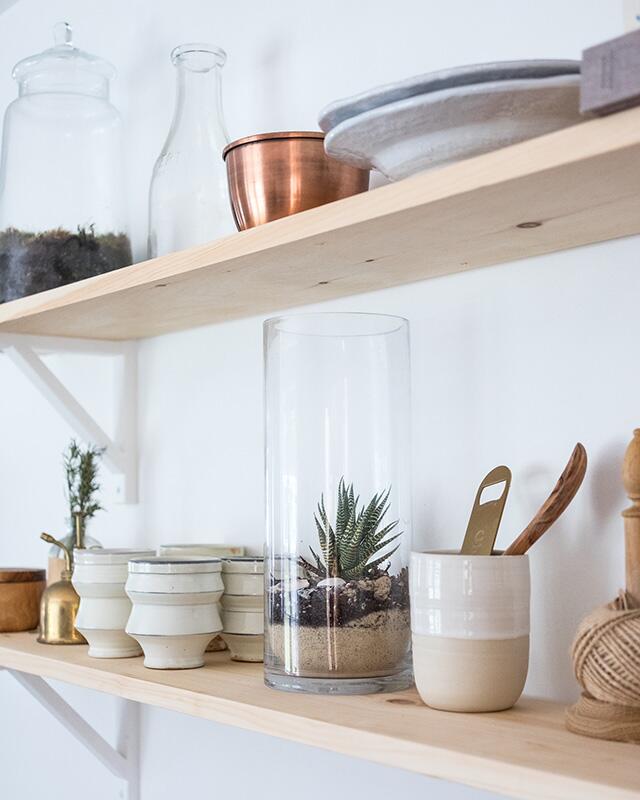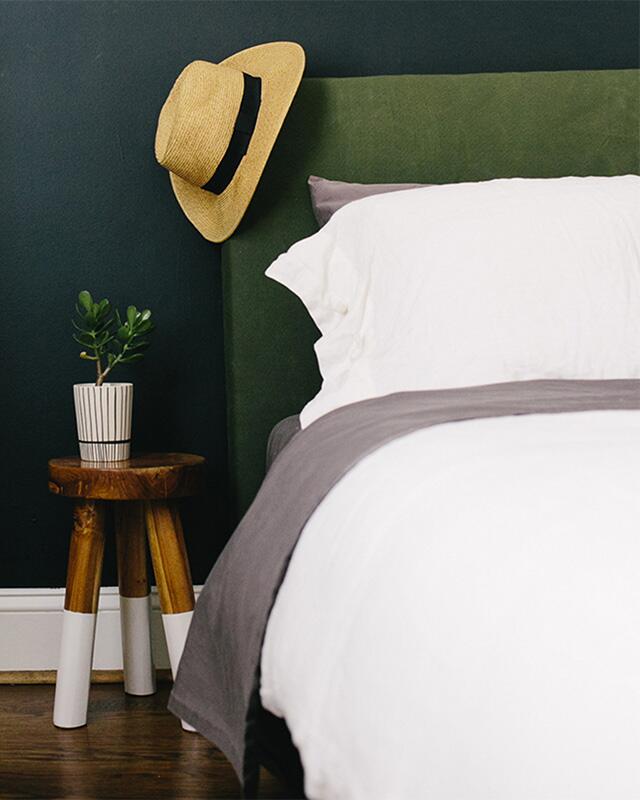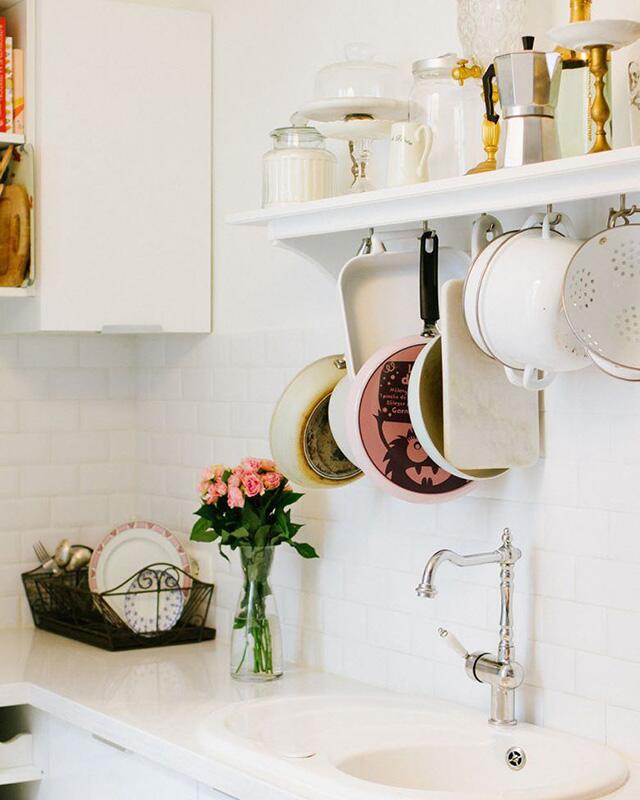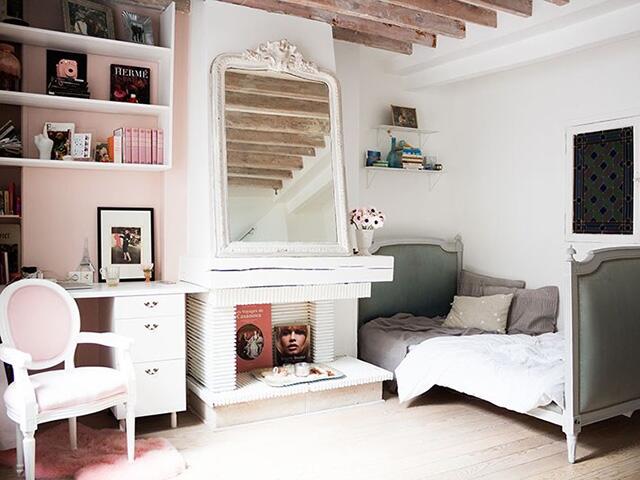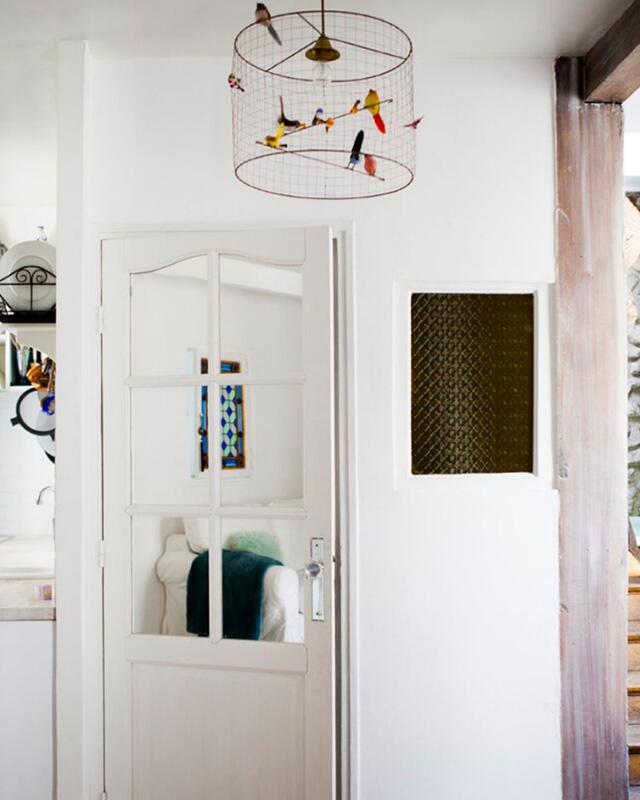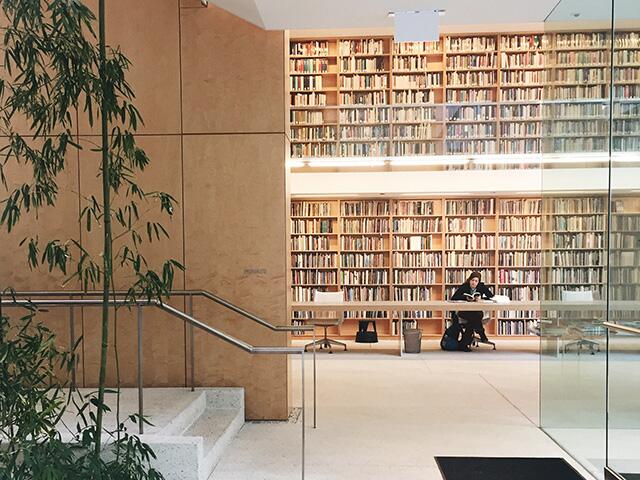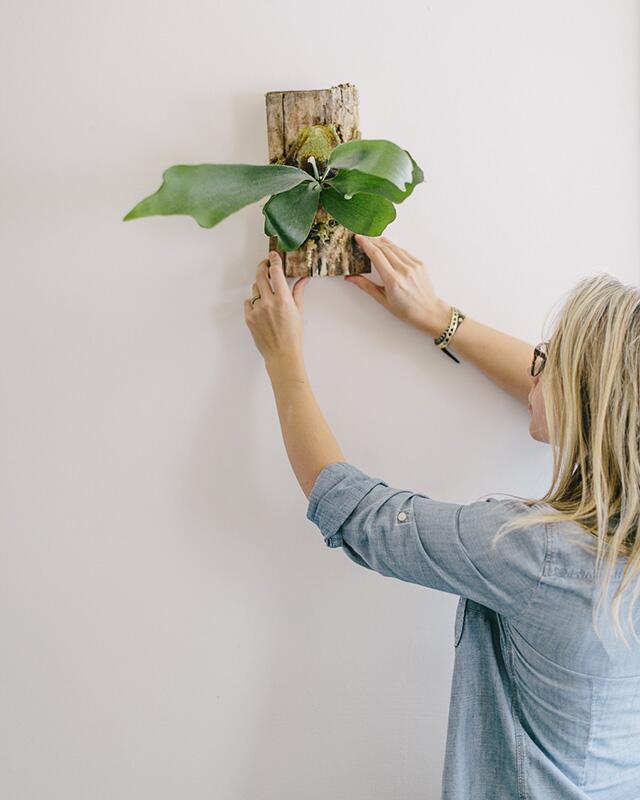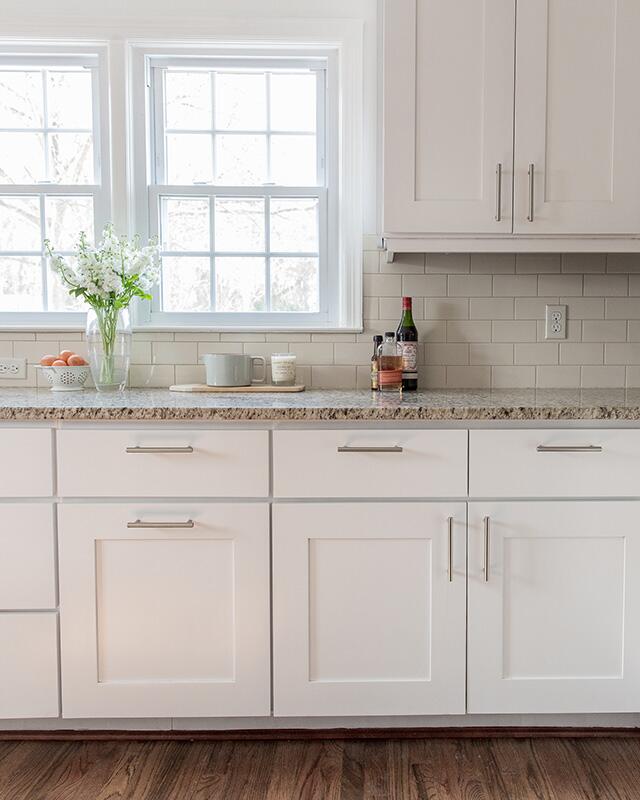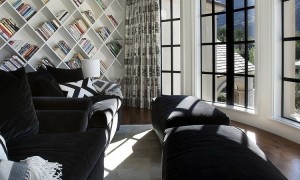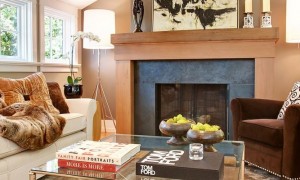
This article first appeared on The Nest & was written by Julie Pennell.
Moving is kind of a big deal — there’s organizing, prioritizing, packing and unpacking — it’s a lot to handle, but it doesn’t stop there. There’s the whole settling in thing to think about too. Before you decided to up and move, you’d finally gotten your old space feeling like home — furniture arranged into perfection formation, artwork displayed in a Pinterest-worthy gallery wall, you know the drill — but now you’re back at square one.
Once the the last boxes have been unpacked, it’s time to switch gears, ditching the logistics and transitioning into the personalization phase, because four walls and a roof does not a home make. The process of moving doesn’t always come on the cheap, which means you might not have a lot of room left in your budget to renovate your new digs. But instead of surrendering to your home’s status quo, there are plenty of little things you can do to to up its awesome-factor and personal flair without breaking the bank. We spoke with graphic designer and Hotel & Leisure blogger Kasia Bedkowski; Haleigh Walsworth of Making Magique; and Megan Gilger ofThe Fresh Exchange and Wild Measure for their expert tips on how to get your place looking it’s best STAT.
1. Think big picture.
Photo by The Fresh Exchange
It may seem obvious, but before you dive straight into decorating your space, it’s a good idea to develop a sense of the ambiance you want to create. Consider this vision your reference point throughout the design process, something you can cross check as you make decisions. “Think about how you want to feel when you are in your space and take that into account when choosing things for your home,” says Megan Gilger. “We wanted an environment that felt calm, relaxed and comfortable. Thus, we chose to keep our palette subtle and simple, keeping colors to a minimum. Colors are important — blues make you feel differently than oranges.”
Photo by The Fresh Exchange
Laying out a color palette from day one will make future design decisions a lot easier (like whether or not to splurge on that canary yellow sofa) and keep your home’s aesthetic feeling cohesive. “Choosing a color palette will help make your space feel connected from room to room and help it flow. This is extremely important the smaller your space is,” says Gilger.
Photo by Making Magique
Tackling everything on your to-do list immediately isn’t exactly in the cards, so prioritizing is key. Pinpoint areas that are the most important to you and then focus in on minute details that will have major impact. For Haleigh Walsworth, that meant upgrading her countertops and doors. “I recently added a bit of luxe to my otherwise Ikea kitchen by investing in a marble countertop. It freshened up the entire kitchen and was a great investment,” she says. Painting cabinet doors, switching out hardware or adding a tile backsplash are a few other easy ways to put a new spin on your space without stripping down to the bare bones.
Another thing to consider is longevity — investing in changes that will stand the test of time. “I hate cheap flimsy doors in interiors because they really bring everything down,” says Walsworth. “I paid a little extra to get two new doors when I bought my place and had them mirrored to help make my small apartment look bigger. It was one of the best decisions I ever made. Better to make an architectural statement with them and invest in something nice that will last many years.”
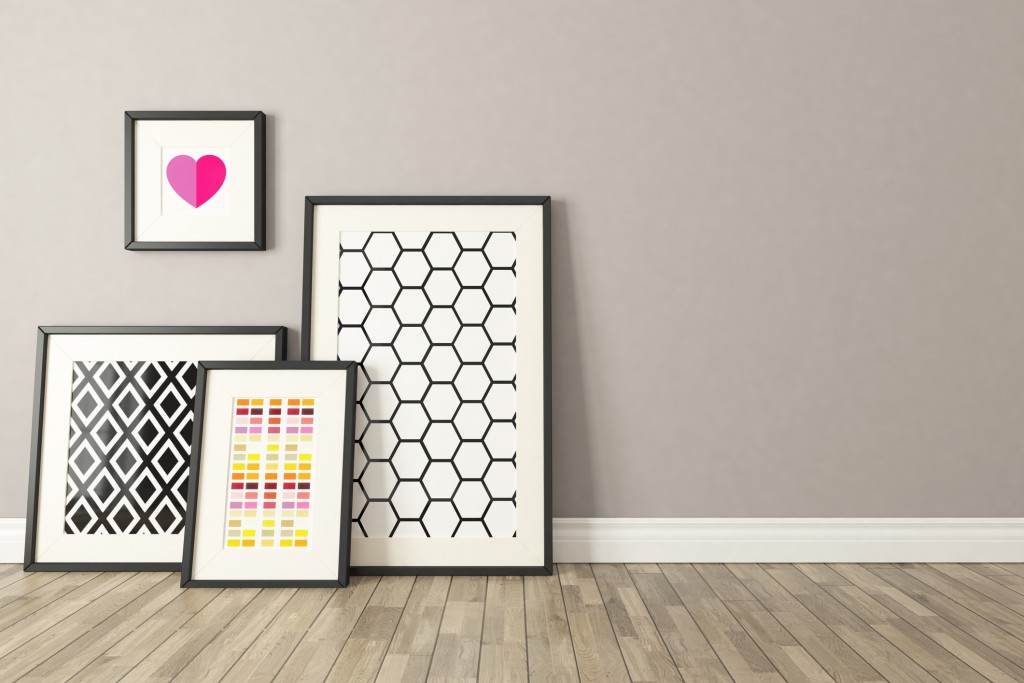
Filling your home with good vibes and ambiance is as easy as adding a few carefully curated pieces of art to your walls. And according to Kasia Bedkowski, that doesn’t have to mean emptying your wallet. “I frequently commission my artistic friends to create small and large-scale pieces for me. I love coming home and seeing the final products hanging on my walls; they’re all super inspiring and remind me of these wonderful, talented friends,” she says. Even if you don’t have a creative crew at your disposal, you can still fill your space with unique pieces by hitting up craft markets, local galleries and Etsy.
Photo by Hotel & Leisure
“Get lost, travel often and always seek out small curiosities to bring home wherever you go,” recommends Bedkowski. Travel mementos and trinkets are awesome for bringing visual intrigue to your space, but they also tell a story as well. “They’re great pieces to keep around your house and reminders of the places you’ve visited. Some of my favorite mementos to pick up are beautiful paper pieces, magazines, books, branding items (menus, brochures, etc.) and match books.”
Photo by Haleigh Walsworth
Small spaces require careful planning and creativity, and according to Walsworth, that’s exactly what makes accents walls so key. “An accent wall is a great way to distinguish areas within rooms,” she says. “A few years ago, I painted the wall of my desk area a light pink. I don’t have a separate office, so it’s nice to denote this little corner of my home that way.” Beyond their ability to define space, accent walls can also be used to highlight interesting features in your home or detract attention away from others. And paint isn’t the only way to make a wall pop — wallpaper, artwork, shelving or architectural detailing (like pallet paneling) can instantly take a white wall from boring to bold.
7. Make a statement with lighting.
Photo by Haleigh Walsworth
Proper lighting is so important for creating a space that is both functional and aesthetically on-point. In addition to striking the right balance of ambient, task and accent lighting, there’s the visual element to consider. According to Walsworth, anything-but-ordinary lamps, pendants or sconces possess transformative powers: With a simple flip of a switch, you can instantly inject additional character into a room or play up a specific theme or design element. “I opted for a quirky lamp in my entryway that adds a bit of flare to an otherwise basic white space,” she says.
8. Play with texture.
Photo by The Fresh Exchange
Color-phobes, listen up! Going all-out bold and bright isn’t the only way to add intrigue to a space. “Simply using texture and contrast can create visual interest alone,” says Gilger. In addition to making sure a room’s most important elements pop, texture helps your room feel balanced. Natural fabrics, organic details and plush accents are ideal for achieving a room that feels intimate and cozy, while smooth surfaces, glass and metals are key for a streamlined look. The best rooms are those that incorporate both, bringing a sense of harmony to the space.
Photo by Hotel & Leisure
With so much of our daily lives dominated by technology, having a space that inspires us to take a step back and unplug is incredibly refreshing. And what could be more symbolic of this than flipping through an actual book? Bedkowski recommends incorporating reading material into your decor to create a relaxing environment. “Fill your space with beautiful, inspirational, realbooks. Ones that you can just pick up whenever you need a little mental break,” she says. “Books can add a presence of comfort and charm that can sometimes be difficult to achieve when we have our computers, iPads, Kindles, iPhones, etc. lying around.”
Photo by The Fresh Exchange
Green is said to be a soothing color, but a spectrum of vibrant hues — and a fresh scent to boot — doesn’t hurt either. “Always have fresh flowers in your space,” recommends Gilger. “It is a small thing, but the purchase of simple white blooms, fresh herbs, or eucalyptus can make all the difference in making a space feel homey and complete.” The best part? They’ll only set you back a few bucks and it’s a touch that will keep your home feeling vibrant and alive all year round. Score a chic vase and you’re good to go.
Photo by Haleigh Walsworth
Color coordinating: You’ve mastered it, but what about color grouping? Walsworth swears by it, singing its praises for its ability to create visually de-clutter and create order within a space. “When I felt my apartment was looking a bit busy and messy, I decided to group design objects and textiles by color,” explains Walsworth. “One side of my room is blues and grays, while the other is shades of pink. I also love doing this with book shelves.”
12. Invest in a great table.
Photo by The Fresh Exchange
Seriously. If your dining area frequently plays host to family and friends, a standout dining table is non-negotiable. “You can get an Ikea couch or a cheaper bed frame, but don’t skimp on a dining table, especially if you have an open floor plan,” says Gilger. “A good dining table made of quality wood can really make a mark in your space and upgrades you from ‘college’ apartment to ‘adult’ apartment very quickly.”
The Nest and Coldwell Banker partnered up to present Awesomeness at Home, a sponsored series featuring helpful tips for two when moving into a new house, plus ideas to make your new home smarter. To find a local Coldwell Banker agent who can help you with real estate, visit ColdwellBanker.com.


